The Revolutionary Power of Generative AI
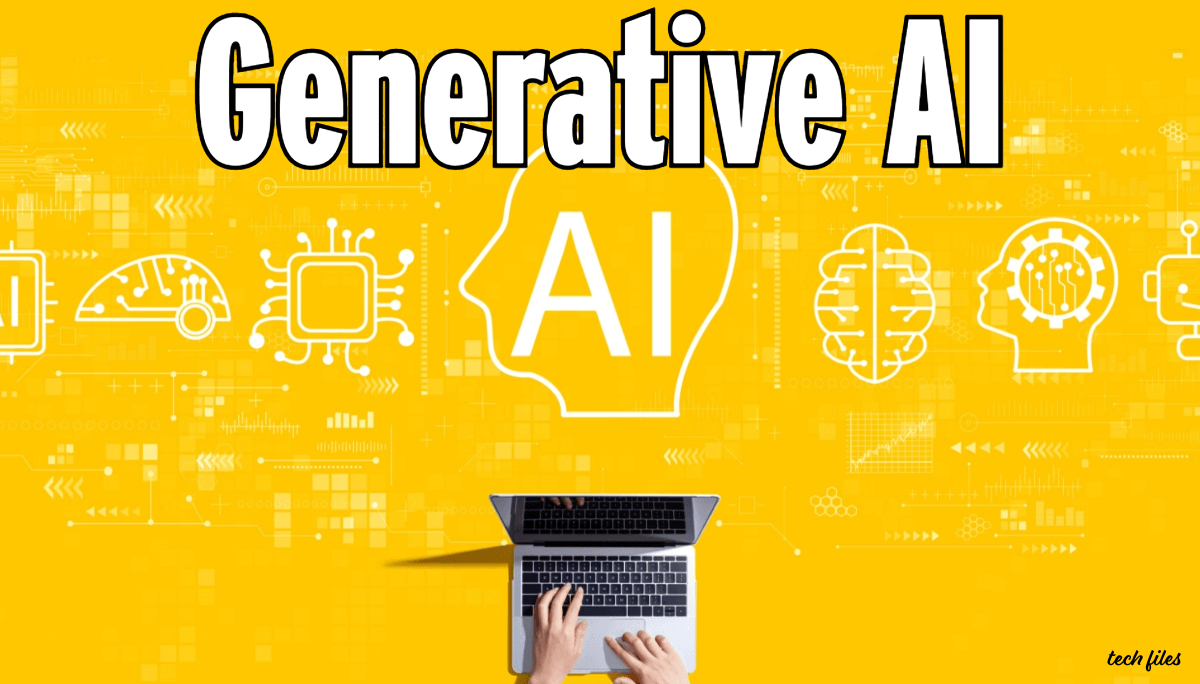
Artificial Intelligence (AI) has undoubtedly transformed various industries, and the creative field is no exception. With the emergence of generative AI, the world of creativity has been revolutionized, pushing the boundaries of what is possible in art, design, music, and literature. In this article, we will delve into the fascinating realm of generative AI, exploring its innovative algorithms and deep learning techniques that have the power to produce original and captivating content.
Understanding Generative AI
Generative AI is a branch of artificial intelligence that focuses on creating new and innovative content. It involves the use of intelligent algorithms and machine learning techniques to generate art, music, literature, and design. By analyzing vast amounts of data and learning from patterns and trends, generative AI algorithms can produce strikingly unique and compelling works.
The Role of Machine Learning in Generative AI
Machine learning plays a crucial role in the development of generative AI. Through the process of training AI models on large datasets, these systems can learn and recognize patterns, styles, and trends. By applying this knowledge, generative AI algorithms can then generate new and original content that is aesthetically pleasing and conceptually innovative. This has opened up exciting possibilities in the creative field, revolutionizing the way artists, designers, and musicians develop their work.
Exploring the Evolution of Generative AI in Creative Processes
Generative AI has evolved significantly, particularly in the field of visual art. Techniques such as generative adversarial networks (GANs) and neural style transfer have revolutionized the way AI can generate visually stunning and unique artwork. These AI-generated pieces can range from abstract and surreal to realistic and detailed, showcasing the incredible potential of machines in the realm of creativity. Similarly, generative AI has made notable progress in the fields of music and literature, with algorithms capable of composing melodies and crafting stories. The incorporation of generative AI into the creative process empowers artists, designers, and writers to explore uncharted territory and push the boundaries of their craft.
Unleashing the Power of Machine Learning in Creative Industries
Machine learning, a key component of generative AI, has emerged as a powerful tool in creative industries. This technology has the capability to analyze large amounts of data and learn from patterns, enabling it to generate new and innovative ideas. In the world of creative arts, machine learning algorithms have been utilized to create music, art, and literature that captivate and inspire. By analyzing existing art and literature, machine learning algorithms can identify patterns and generate fresh ideas that push the boundaries of traditional creativity. This collaboration between human and machine leads to the creation of unique and groundbreaking works of art that may not have been possible through human efforts alone. Machine learning assists and augments human creativity rather than replacing it, resulting in a powerful partnership that enhances the creative process.
Exploring the Potential Applications of Generative AI in Art
The potential applications of generative AI in the art world are vast and far-reaching. One of the most significant contributions of generative AI is the ability to generate unique and original artwork quickly and efficiently. Artists can use generative AI algorithms to explore new artistic styles, experiment with different color palettes, and even generate entirely novel compositions. This technology opens up infinite possibilities for artists to push the boundaries of traditional art and create something truly innovative. Generative AI is not limited to visual mediums; it can also be utilized in music creation, literature, and other creative endeavors. Whether it’s generating a mesmerizing painting or composing a captivating symphony, generative AI has the potential to revolutionize the creative process and challenge conventional notions of what art can be.
The Ethical Implications of Generative AI in the Creative Field
With the rise of generative AI in the creative field, it is crucial to address the ethical implications that arise. One of the key concerns is the question of authorship in AI-generated art. Who should be credited as the creator when an artwork is produced through the collaboration of human artists and AI algorithms? This issue raises important questions regarding intellectual property rights and the recognition of creative contributions. Ensuring fair attribution and protection for both human artists and AI systems will be crucial in fostering a sustainable and ethical environment for generative AI to thrive. Another ethical consideration revolves around the potential for bias in AI-generated content. Machine learning algorithms learn from existing data, which may contain inherent biases present in society. This can result in AI systems perpetuating stereotypes, discrimination, or unequal representation in creative outputs. Therefore, it is vital to establish ethical guidelines and rigorous evaluation frameworks to identify and mitigate bias in AI-generated content. Collaborative efforts between AI developers, artists, and ethicists are essential in promoting fairness, diversity, and inclusivity in generative AI-driven creative processes. By addressing these ethical implications, we can ensure that generative AI-driven creativity aligns with our societal values and positively contributes to the creative landscape.
The Mechanics of Generative Adversarial Networks (GANs)
Generative adversarial networks (GANs) have emerged as a powerful tool in the realm of generative AI. These networks consist of two main components: the generator and the discriminator. The generator is responsible for creating new data, such as images or music, while the discriminator acts as the judge, assessing the authenticity of the generated content. The mechanics of GANs involve a process of iterative training and optimization. The generator initially produces random outputs, which are then evaluated by the discriminator. Through this iterative process, the generator learns to create increasingly realistic outputs that can deceive the discriminator. The discriminator, in turn, improves its ability to distinguish real content from generated content. This back-and-forth training process continues until the generator becomes proficient at producing outputs that are indistinguishable from real data. The power of GANs lies in their ability to generate highly realistic and unique content, pushing the boundaries of creativity in diverse fields such as art, design, and music.
The Role of Deep Learning in Empowering Generative AI
Deep learning, a subfield of AI, plays a pivotal role in empowering generative AI to become a creative force. By leveraging complex algorithms and neural networks, deep learning enables AI systems to learn, analyze, and generate creative content with remarkable precision. This revolutionary approach has opened up a world of possibilities, allowing AI to excel in various creative domains, including art, music, and literature. One of the key advantages of deep learning in empowering generative AI is its ability to extract and learn intricate patterns from vast amounts of data. By training AI models on extensive datasets, these systems can detect subtle nuances and correlations, leading to the production of highly sophisticated and original creative outputs. For instance, in the field of art, deep learning algorithms can analyze the styles, techniques, and compositions of renowned artists and then synthesize this knowledge to generate entirely new artworks that possess their own unique aesthetics. This fusion of learning and creation has the potential to reshape the boundaries of human and AI collaboration, revolutionizing the creative landscape as we know it.
Enhancing Human Creativity with Generative AI as a Collaborative Partner
As technology advances at an unprecedented pace, it is becoming increasingly clear that AI has the potential to significantly enhance human creativity. Generative AI can serve as a valuable collaborative partner by providing new perspectives, generating innovative ideas, and assisting in the creative process. One of the key advantages of generative AI as a collaborative partner in creativity is its ability to analyze vast amounts of data and extract patterns that human minds may overlook. By leveraging machine learning algorithms, generative AI can process and synthesize information from diverse sources, enabling it to offer valuable insights and suggestions. This can be particularly beneficial in fields such as design, where AI can analyze user preferences, market trends, and aesthetic principles to propose novel solutions. In this way, generative AI can augment human creativity by supplementing it with data-driven knowledge and informed recommendations.
Exploring the Boundaries of AI-Generated Art and Literature
AI technology has made significant strides in the field of music and literature, pushing the boundaries of creation and challenging traditional notions of human artistry. AI-generated music and literature offer a glimpse into the future of these creative industries, as artificial intelligence systems are capable of producing original compositions and stories with astonishing precision. In the realm of music, AI algorithms can analyze vast amounts of musical data, allowing them to generate compositions that emulate the style of renowned composers or create entirely new and unique pieces. This has raised intriguing questions about the nature of creativity and the role of AI in the music-making process. While some may argue that AI-generated music lacks the human touch and emotional depth, others see it as an exciting avenue for exploration, enabling musicians to push the boundaries of what is musically possible. Similarly, AI-generated literature has captivated both writers and readers alike. Language models trained on vast amounts of text can now generate coherent and engaging stories, blurring the line between human and machine authorship. The potential of AI in the world of literature opens up new avenues for creativity but also raises questions about the authenticity and originality of AI-generated literary works. Understanding the boundaries of AI-generated music and literature requires a careful examination of the capabilities and limitations of the technology, as well as the ethical and artistic implications it presents.
Harnessing the Power of Generative AI in Visual Content Creation
In the realm of visual content creation, the advent of generative AI has significantly influenced and transformed the way images are generated. AI-powered algorithms meticulously analyze and understand patterns in visual data, enabling them to produce astonishingly realistic and visually appealing images. This remarkable ability of generative AI to generate realistic images opens up endless possibilities for various industries, such as gaming, product design, and advertising, where stunning visuals play a crucial role in capturing the audience’s attention. Generative AI techniques, such as generative adversarial networks (GANs), have revolutionized image generation, allowing for the creation of highly convincing and original content. By leveraging the power of AI, businesses can create impactful advertisements, immersive gaming experiences, and visually stunning product designs that resonate with their target audience.
The Future of Generative AI: Redefining Creativity
As the field of generative AI continues to evolve, the future of creativity is being redefined. With rapid advancements in AI technology, there is an increasing buzz about its potential to revolutionize various creative industries. The ability of generative AI to analyze data, learn from patterns, and generate original content opens up new avenues for creative expression and innovation. Artists, designers, and creators are embracing generative AI as a powerful tool to push the boundaries of their craft and explore new artistic frontiers. The partnership between humans and machines in the creative process is becoming increasingly synergistic, with generative AI augmenting human creativity and providing new opportunities for artistic exploration. As we continue to unlock the full potential of generative AI, the world of art, design, music, and literature will undergo transformative changes, leading to a future where creativity knows no bounds.


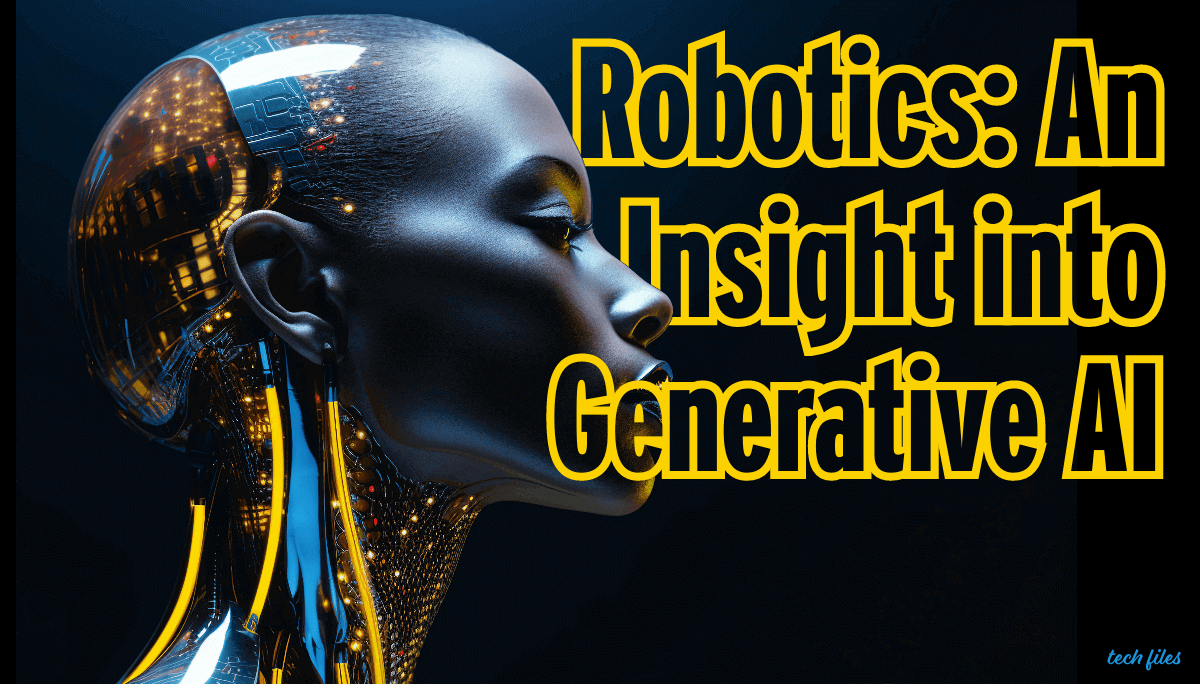

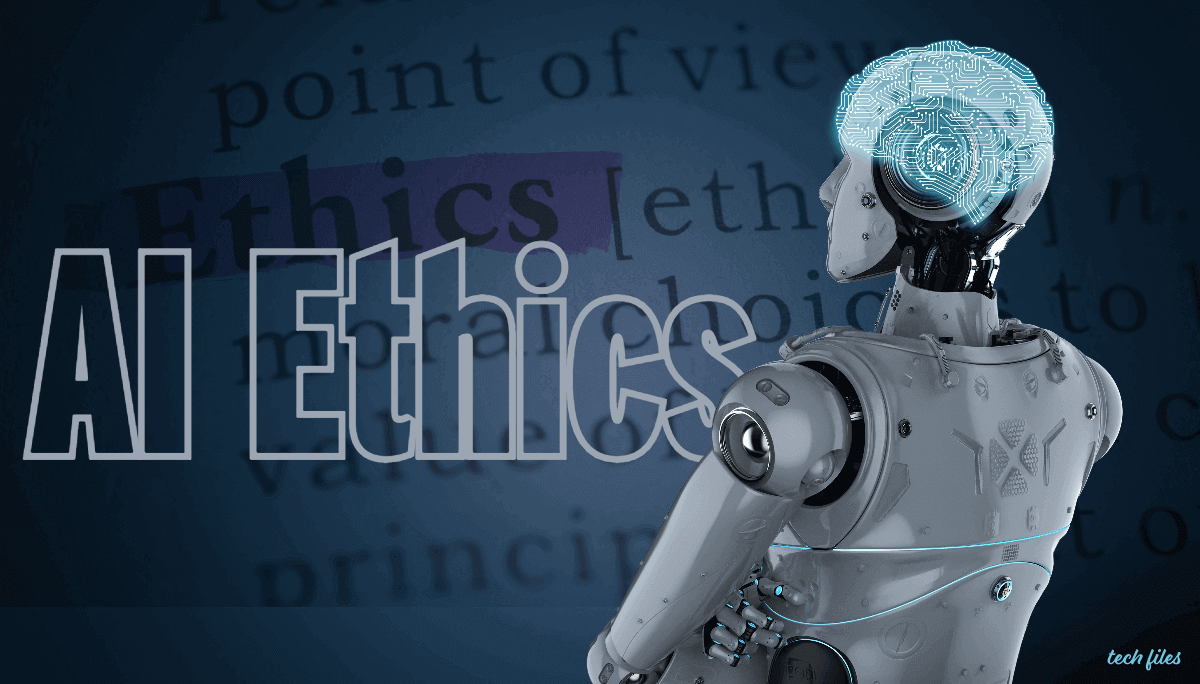

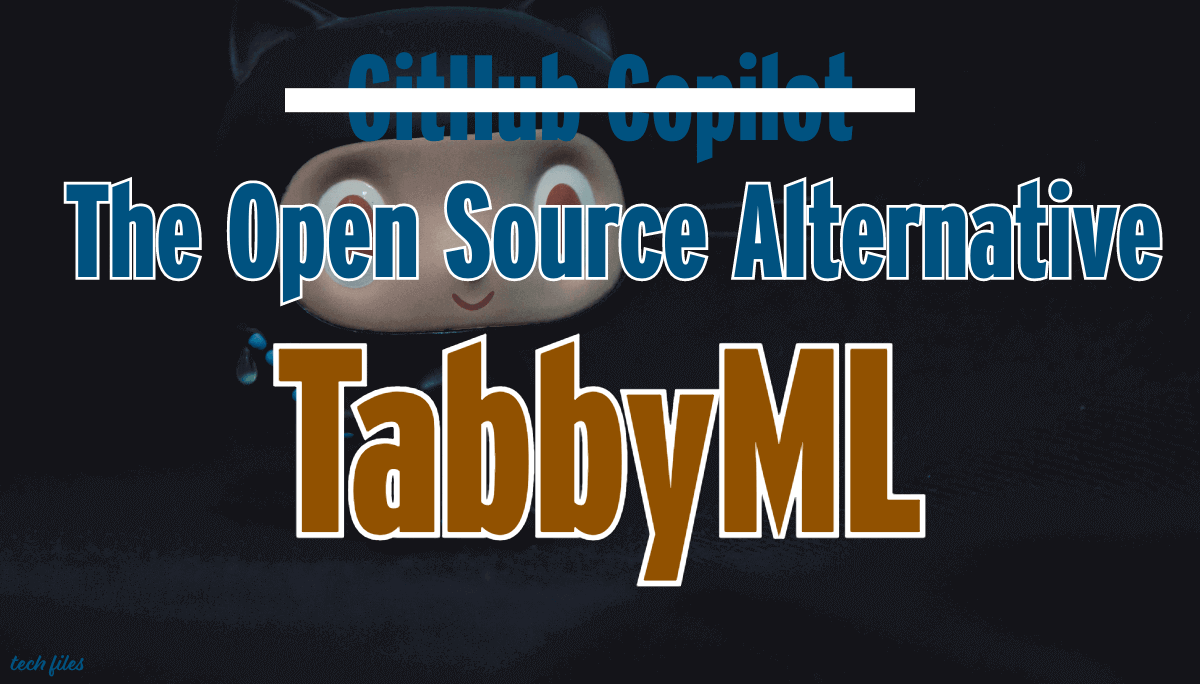
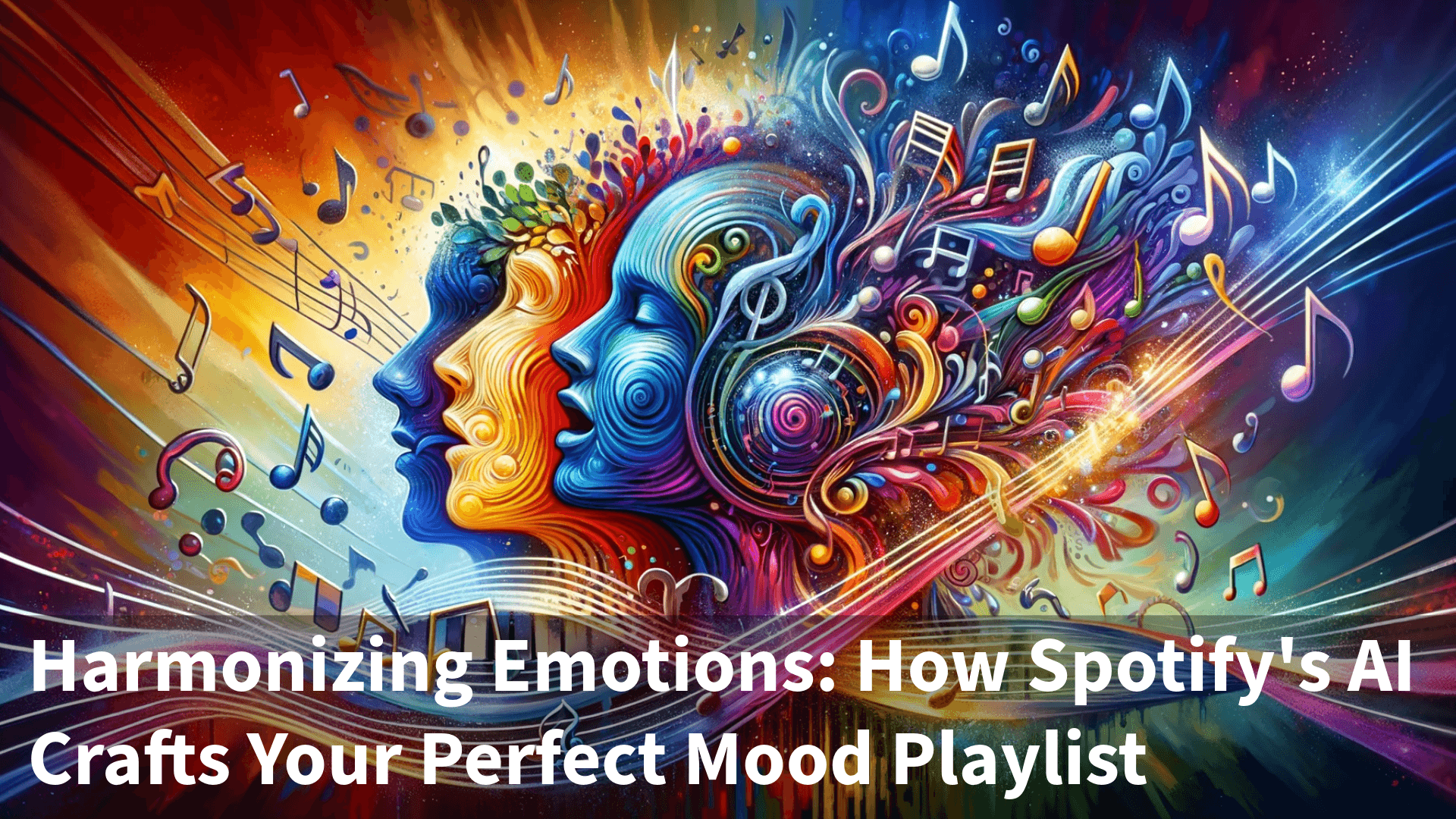
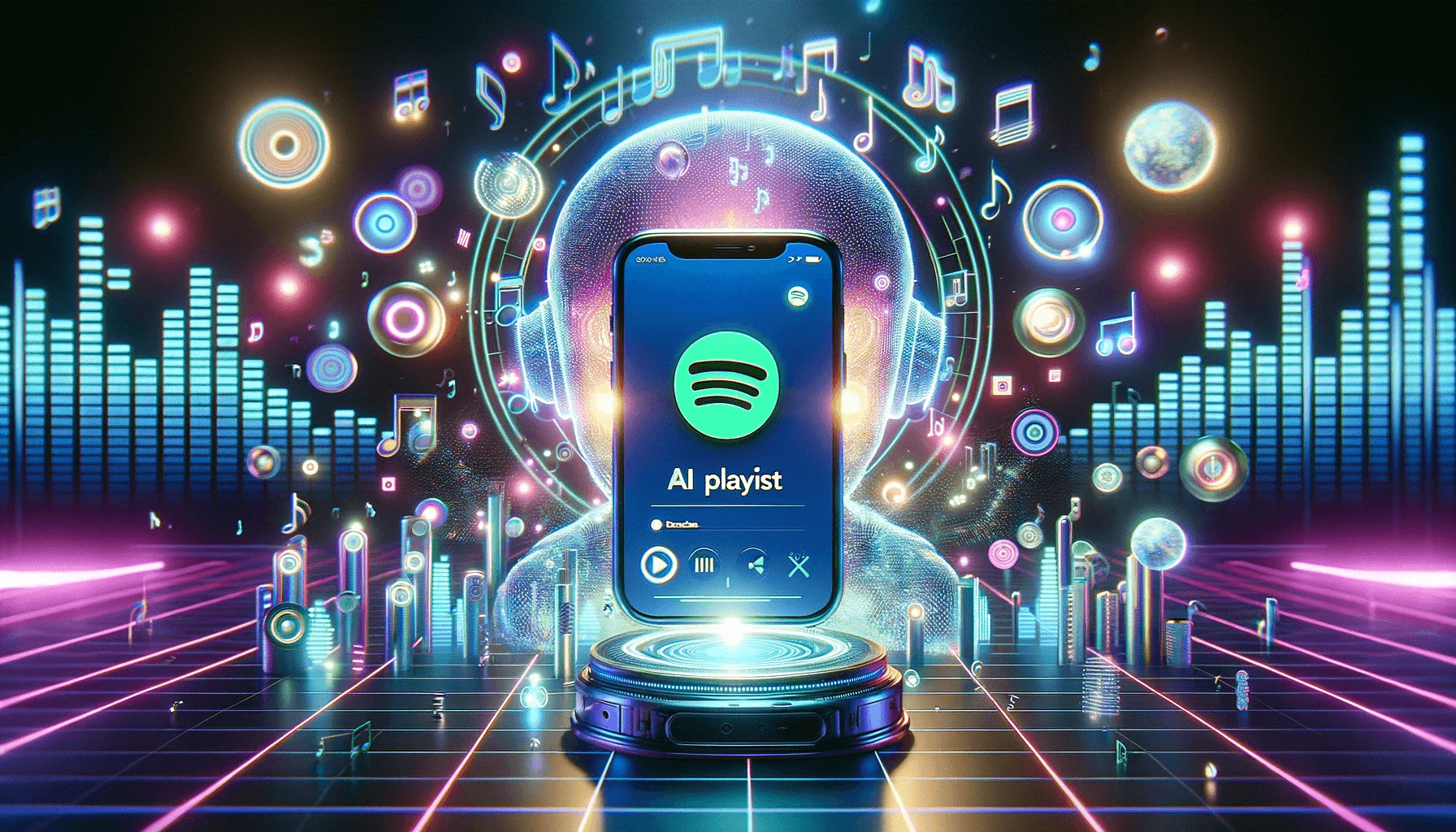


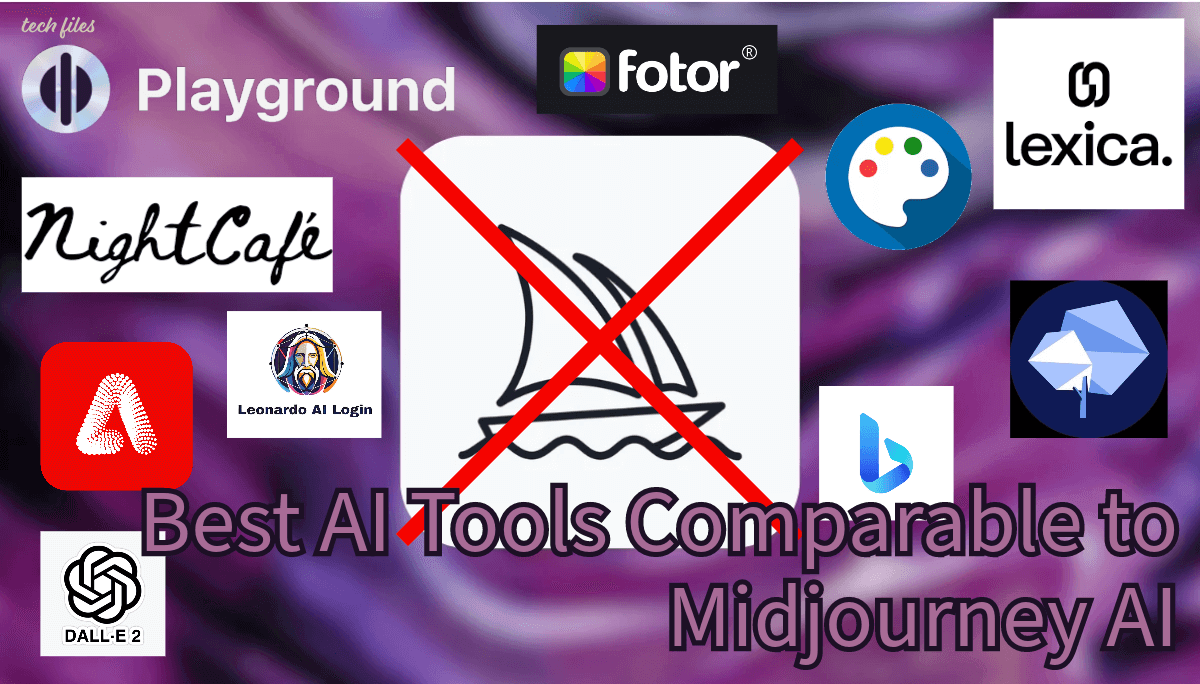
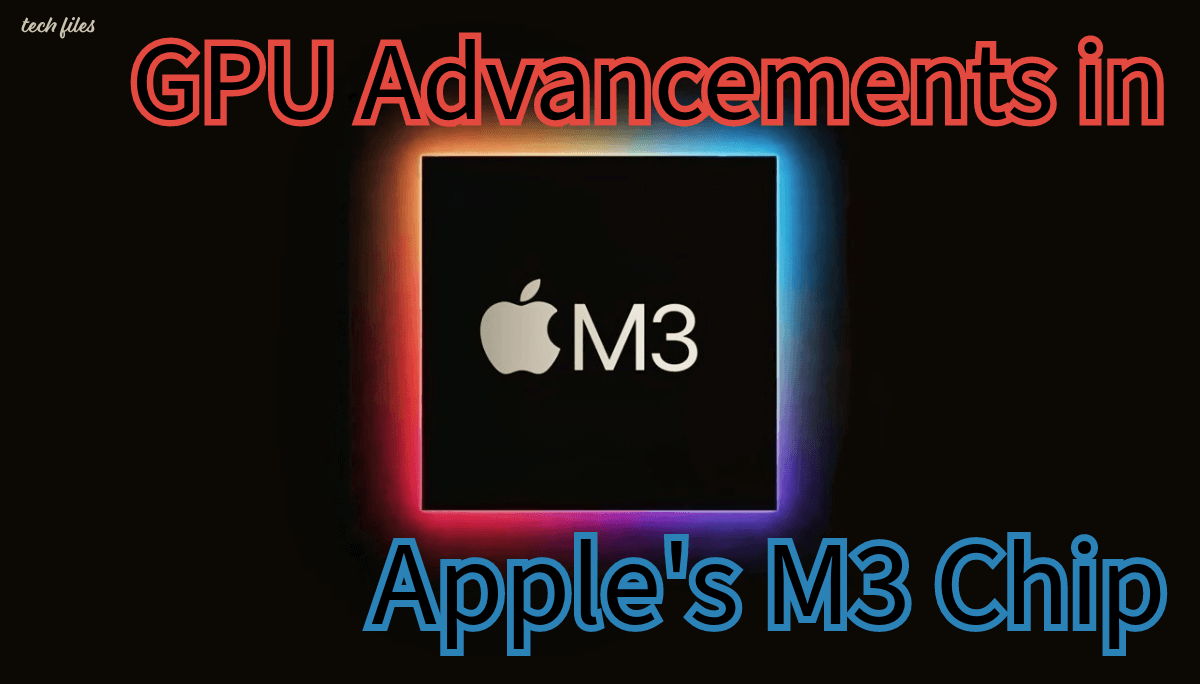
Sharing is caring!